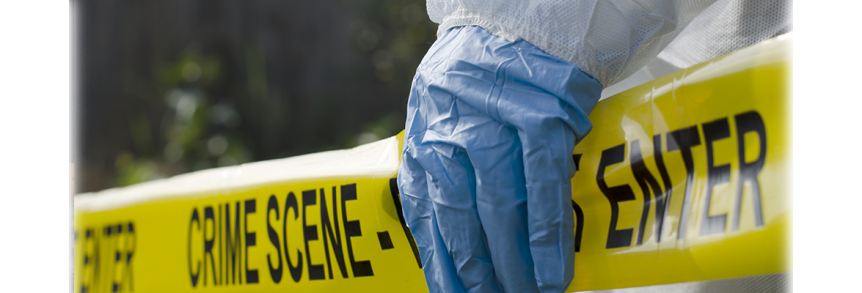What is biohazard waste? How do we define it? Biohazard waste, also known as bio-medical waste, refers to any contaminated waste that occurs from microorganisms, viruses, plants, animals or pathological materials causing potential infections and danger to humans or any healthy living organisms. In years past, this kind of waste was simply collected in special colored plastic bags and then was disposed of in a normal trash bin. People eventually realized that this was not only safe for the environment but even for the general population who encountered the waste. That’s where the idea of biohazard cleaning became regulated.
What are Examples of Biohazard Waste?
There are five categories of biohazard waste. Let’s dive into each category with some examples. This way you will understand how to differentiate the materials.
1. Sharps:
Sharps biohazard waste or simply sharps is any medical device that is pointy enough to puncture skin and that has potentially been exposed to any kind of dirt or contaminated substance. This kind of waste includes needles, syringes, broken glass vials, razors, knives, scalpels, microscope slides etc.
2. Dry Biohazard Waste:
Dry biohazard waste consists of any solid materials that touches humans and animals. These items include pipettes, towels, linens, personal protective gear or equipment, and all sorts of dishes and containers.
3. Microbiological Waste:
This type of waste contains infectious organisms, microbiological etc. Examples include cultures or stock of pathogenic agents, discarded viruses, waste from serums, and devices that mixed cultures.
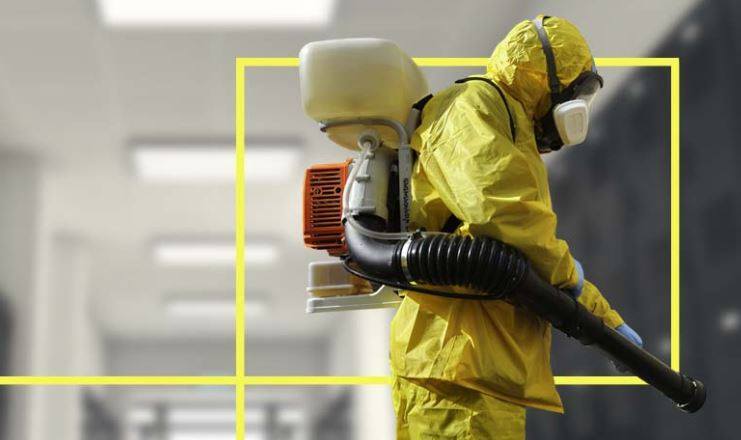
4. Plant waste:
Green waste is also known as biohazard waste. This includes transgenic plants, debris from soil, seeds, and plants that are exposed to pathogens.
5. Animal Waste:
Biohazard animal waste includes any animal body parts, fluids, bedding material, or carcasses that have been infected with any kind of pathogens. This can also include places or homes that were not treated for a rodent problem or where dead pets have not been properly disposed of.
6. Human Blood or Body Fluid:
Yes, human blood too is considered a biohazard material and it can contain infectious agents. Apart from blood and tissue, there are other body fluids that can be infectious. They are saliva, semen, vaginal secretion, vomit, urine, and feces. You can find them in the laboratory or at any crime scene. Biohazard waste disposal companies also specialize in blood cleaning services that are required for a crime scene as the blood in that location can pose dangerous health risks.
7. Pathological Waste:
This kind of waste includes any human part, tissue, or organ removed or biopsied. It also includes gloves, surgical masks, or any material used during the process.
Is Dry Blood a Biohazard?
You know that human or any kind of blood is considered a biohazard material. But you may also wonder if blood gets dried, will it still be classified under a biohazard? In a word, no. If blood is completely dried up, then pathogens like Hepatis B, HIV, or any other microbes are likely dead. If it is semi dry or looks like a clot, then there is a chance of being infected with viruses or bacteria. But it is always safest to stay away from any materials or substance that contains blood as it may pose other health concerns.
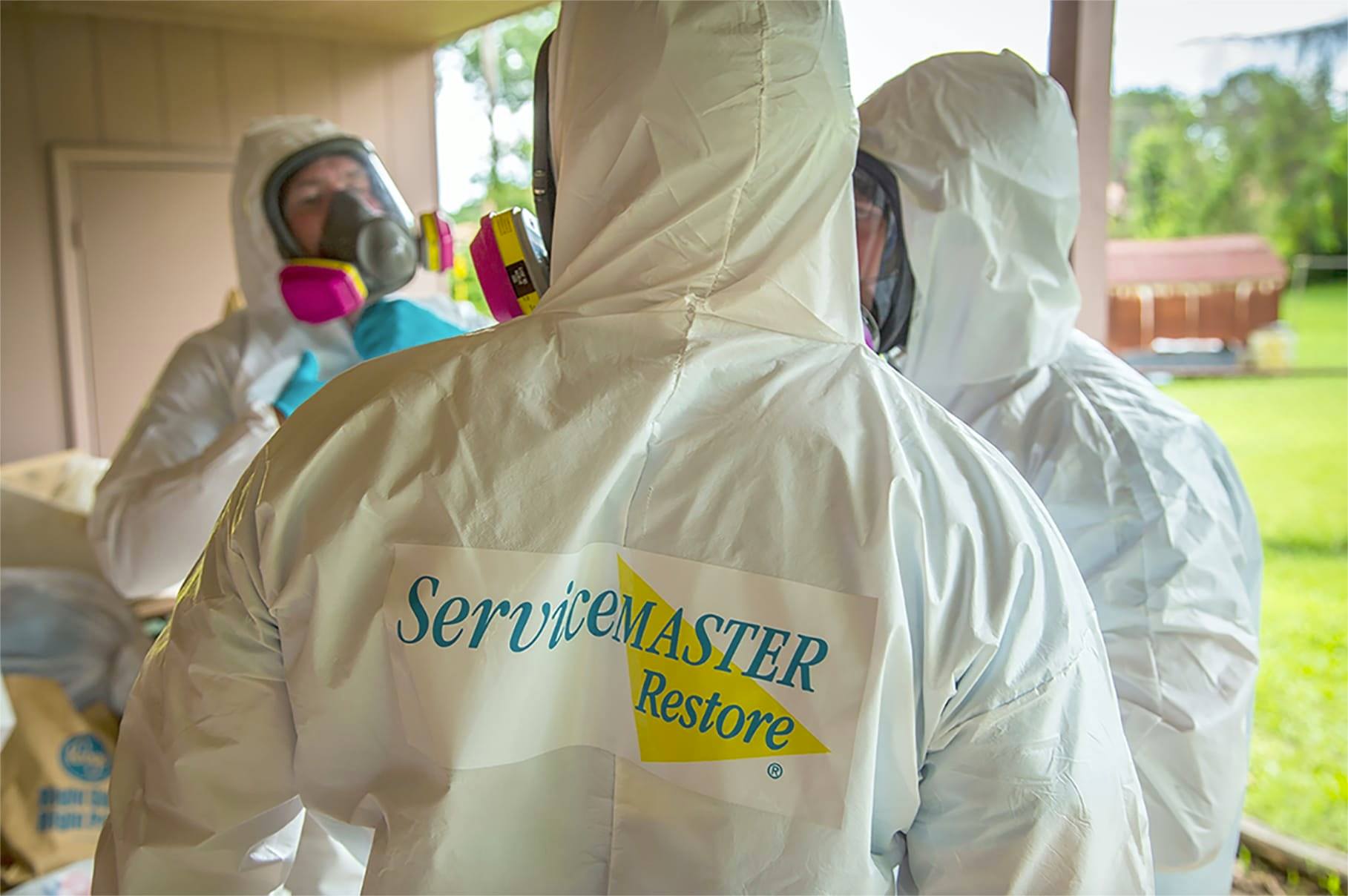
What is a biosafety level?
The Centers of Disease Control (CDC) have identified biosafety in four levels. They are as follows:
Biohazard Level 1:
This represents a basic or low level of setting that includes any laboratory spaces in which personnel work with low-risk microbes that pose little to no threat of infection in a healthy adult.
Biohazard Level 2:
This biosafety level includes settings that have direct contact with the agent and can cause moderate health hazard to humans. Examples are Hepatitis B, HIV etc.
Biohazard Level 3:
This level includes microbes that are indigenous and in the circulation of air. Examples are yellow fever, tuberculosis, and coxiella burnetii
Biohazard Level 4:
This is the highest level of biosafety where pathogens are dangerous and can cause life-threatening risks. Ebola and Lassa virus are the two prime examples of it.
What is Biohazard Cleaning? How much Does it cost?
Biohazard cleaning is the act of cleaning and disinfecting any hazardous or infectious materials that pose dangerous and deadly threats to any healthy living organisms. A biohazard cleaner will first make a risk assessment and then make sure the materials or infected sharps from the crime scene or affected area are carefully picked up and wrapped in a different storage box. Later, the cleaner will disinfect and deodorize the space, to restore it back to the pre-event condition.
Usually biohazard cleaning costs around $2000-$5000. This price may vary depending upon the level of safety and how crucial the affected area is. For example: if there is a caraccas smell, it may cost less but if a biohazard clean up is required in a crime scene or hospitals, it will be costly.
Does Insurance Cover Biohazard Clean Up?
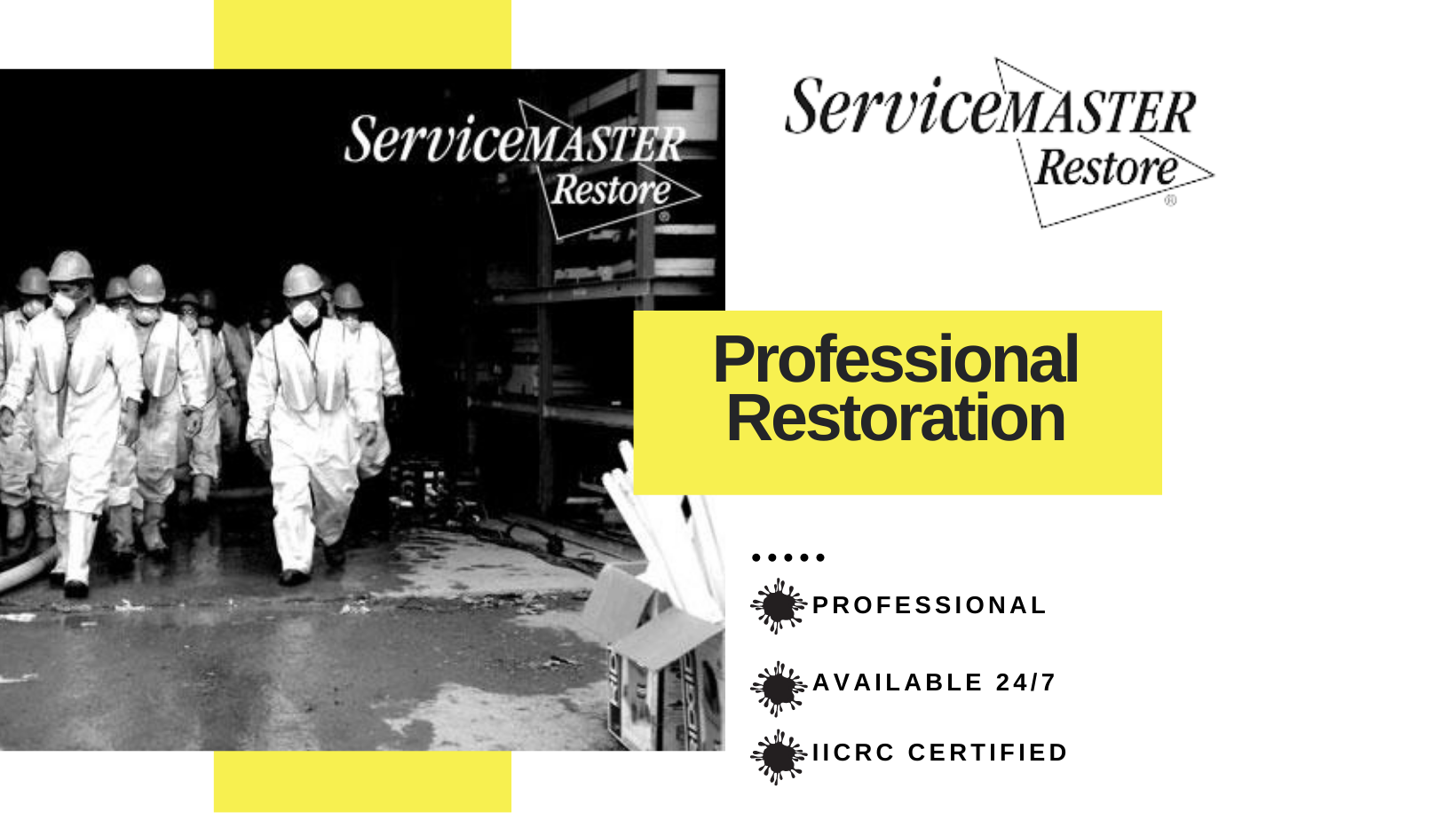
Biohazard clean up services are necessary in a situation where there was suicide, hoarding, crime, or a death. Given the dangerous nature, you should call or hire a professional biohazard and remediation company. Most homeowners and businesses policies have insurance that cover the blood clean up and remediation services. But you should still call your insurance company and let them know about the incident and understand if you have those kinds of policies or not. There can be a chance where your insurance company may cover some of the cost and you will just need to pay the rest.
Are you Looking for the best Biohazard clean up and remediation service in San Francisco, San Mateo and Santa Clara County? We at ServiceMaster DRR heard you. We have properly trained biohazard cleaning technicians who will restore your property back into its original condition with empathy and care. Call us 24/7 at (800) 439-8833.
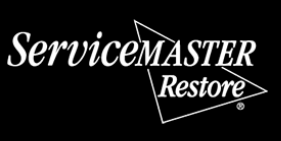
Steve VanDenBerg is the owner of ServiceMaster Disaster Restoration and Recovery. He has over 30 years of experience working within the restoration industry and successfully leading start-ups, turnarounds, acquisitions and mergers, and rapidly growing companies.
Steve earned his BS in Business & Accounting from Calvin University in Grand Rapids, MI and began working for DSI Holdings as their Chief Financial Officer. When Steve began with DSI Holdings, they were running an underperforming ServiceMaster Restore franchise with one location. Steve implemented new policies and procedures for accounting and finance as well as a professional sales plan that increased profits eightfold over his time as the CFO. He was then promoted to President and CEO and in this time, he expanded the company from two locations with $4M in sales to 12 locations and $45M in sales. DSI Holdings became one of the largest disaster restoration companies in the U.S. and helped with major restoration projects throughout the U.S. and around the world.
Steve purchased ServiceMaster DRR in 2015 when the business was in decline. Drawing on his years of experience in turning around struggling ServiceMaster franchises, Steve overhauled our operations, including finance, sales, and marketing, which led to a quick turnaround. Within Steve’s first 24 months, sales increased by 60 percent. Steve also helped greatly improve our operating margins and established a relationship with California’s largest residential insurance company. Under Steve’s leadership, we have become one of the largest disaster restoration providers in California.
Steve has found great success in turning around struggling and stagnant restoration franchises by changing the business model and strategy, greatly increasing sales and profits. Many of the changes he has implemented have even been adopted by the franchisor into their operating model.



